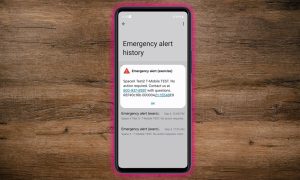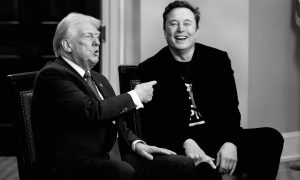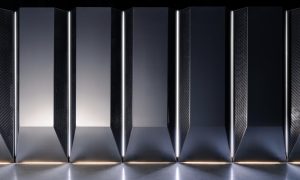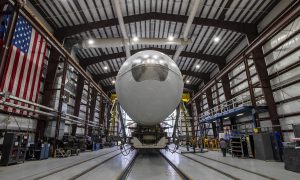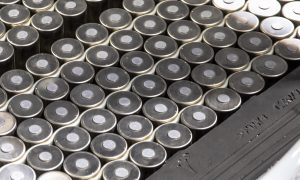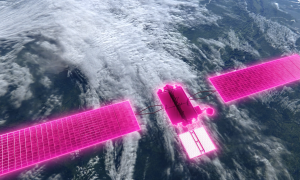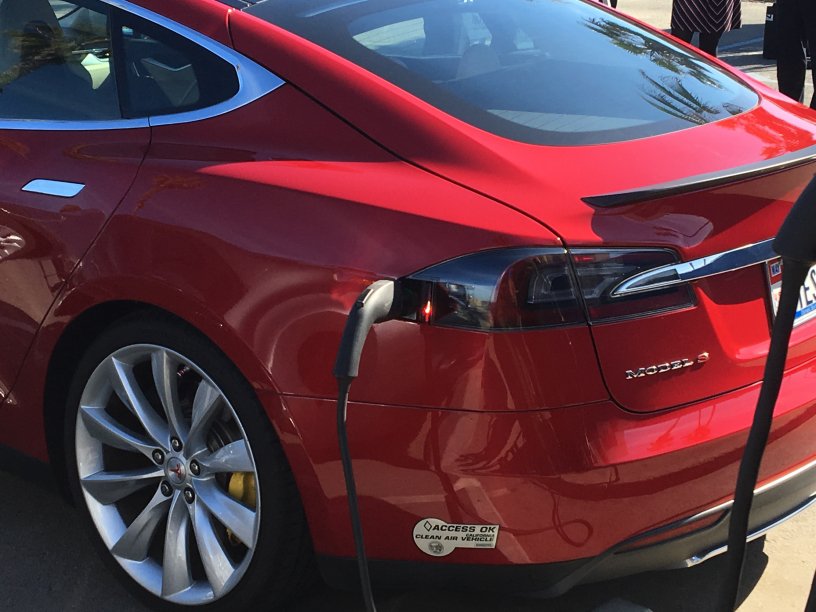

News
VW prepares to spend first $300M of $2B on EV charging infrastructure project
Volkswagen will designate $300 million by 2019 to establish a network of more than 450 electric vehicle charging stations in 11 U.S. major metropolitan areas and along high traffic highways. The announcement came this week through Volkswagen’s new wholly owned subsidiary called Electrify America, which will support increased use of zero emissions vehicles (ZEVs) in the U.S.
The initiative is part of the Federal Trade Commission agreement with Volkswagen to compensate for “Dieselgate,” the systematic and willful deceit of U.S. emissions regulators through special software in Volkswagen’s diesel vehicles. Electrify America is a product of Volkswagen’s 2016 court settlement with the California Air Resources Board and the U.S. EPA. We recently reported that the VW emissions scandal has given life to a new generation of electric vehicle start ups like Rivian Automotive. The Illinois-based electric car company has leased land to a logistics company that’s using the space as a temporary holding area for the Dieselgate VWs. Teslarati commissioned a videographer to capture drone shots showing roughly 14,000 affected cars waiting to be disposed of as a result of the scandal.
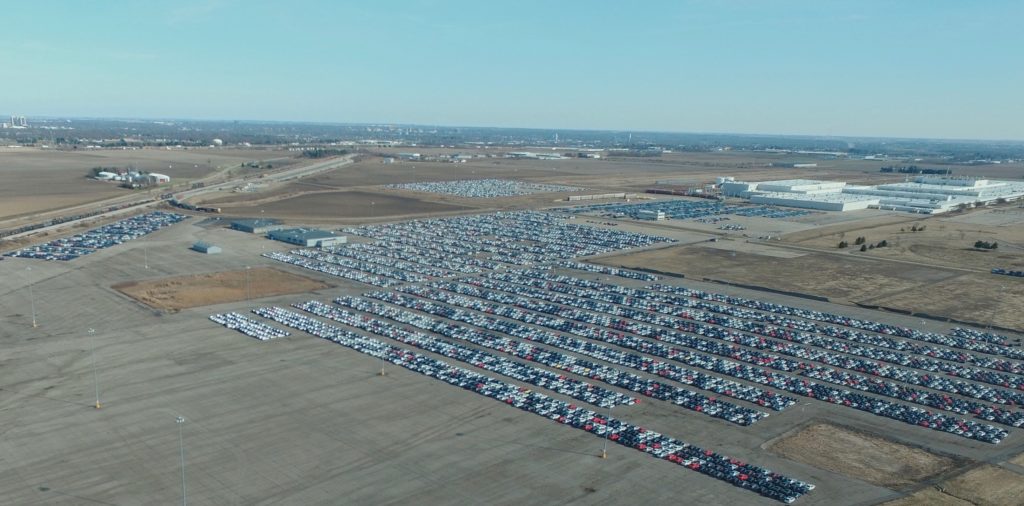
Thousands of VW Diesels being Stored at Rivian Factory, Photo: Jim Finch for Teslarati
Electrify America will support and promote greater availability of customer-friendly infrastructure in areas with high demand for ZEVs. With hundreds of stations with non-proprietary chargers across the U.S., Electrify America‘s first National ZEV investment cycle will make it easier and faster for millions of Americans to charge their electric vehicles while also “encouraging more drivers to explore and embrace electric driving.”
Electrify America‘s first stage plans
Electrify America has released information through a press release and website that it will establish a network of 2,500+ non-proprietary electric vehicle chargers at more than 450 station sites.
- Approximately 240 charging station sites will be installed or under development outside of California by the end of the first cycle.
- These sites will be located along high-traffic corridors between metropolitan areas, including multiple cross country routes.
- They will include between four and ten 150 kW and 320 kW individual DC fast chargers at each location.
- Charging sites will be present in 39 U.S. states.
- They will be built along corridors with a high correlation with the EV Charging Corridors recently designated by the Federal government.
- Sites will be, on average, about 66 miles apart, with no more than 120 miles between stations.
Comparisons to Tesla’s Supercharger network
The extent and speed of Electrify America‘s planned installation schedule roughly parallels the early years of Tesla’s DC Supercharger network in the U.S., which began in late 2012.
The new Electrify America chargers will be non-proprietary. Tesla vehicles use a proprietary plug design, although the company sells compatible adapters. Tesla’s DC CHAdeMO adapter is limited to 50 kilowatts of power.
With proposed charging power set at 320 kilowatts, the Electrify America network would be the first high power contender, at scale, to the Tesla Supercharger network. Tesla is the only EV manufacturer right now capable of charging vehicles at up to 120 kW, which equates to about 170 miles of range in as little as 30 minutes. Tesla has built a fast DC Supercharger network that supports maximum theoretical charging rates of up to 145 kilowatts, according to the company’s website.
The Electrify America network will provide 2500+ chargers at more than 450 stations. At this writing, Tesla Superchargers are at over 2,200 charging stalls at 350 locations across the U.S.
The proximity of Electrify America‘s chargers along frequently traveled corridors means that many shorter range ZEVs available today will be able to use this network. Most Tesla sites are located along highways away from large metropolitan areas and are primarily intended for use by travelers on long-distance trips.
It seems likely that the Electrify America chargers will be located in existing public infrastructure like rest stops. Tesla has a growing network of Destination Charging Partners with dedicated Tesla Wall Connectors at their properties. The company’s website describes how these are primarily destinations where a Tesla owner would stay for several hours at a time, such as ski resorts, restaurants, hotels and others. They are safe, well-lit, and infuse a feeling of security when Tesla owners need to recharge their vehicles.
Electrify America stations will be designed to support many existing and anticipated charging technology needs, including evolving industry standards like the Combined Charging Standard (CCS) and the Open Charge Point Protocol. Last year, Tesla joined the European CharIN consortium that is leading the development of CCS.
Tesla reminds its owners that there are many factors that affect the actual charge rate, including ambient temperature, utility grid restrictions, and charging traffic. Tesla constantly incorporates owner feedback into its maintenance and research and development efforts, offering a distinct consumer experience for Tesla owners who use its Superchargers.
News
Tesla robotaxi test details shared in recent report: 300 operators, safety tests, and more
Tesla has launched an initial robotaxi service for its employees in Austin and the San Francisco Bay Area.
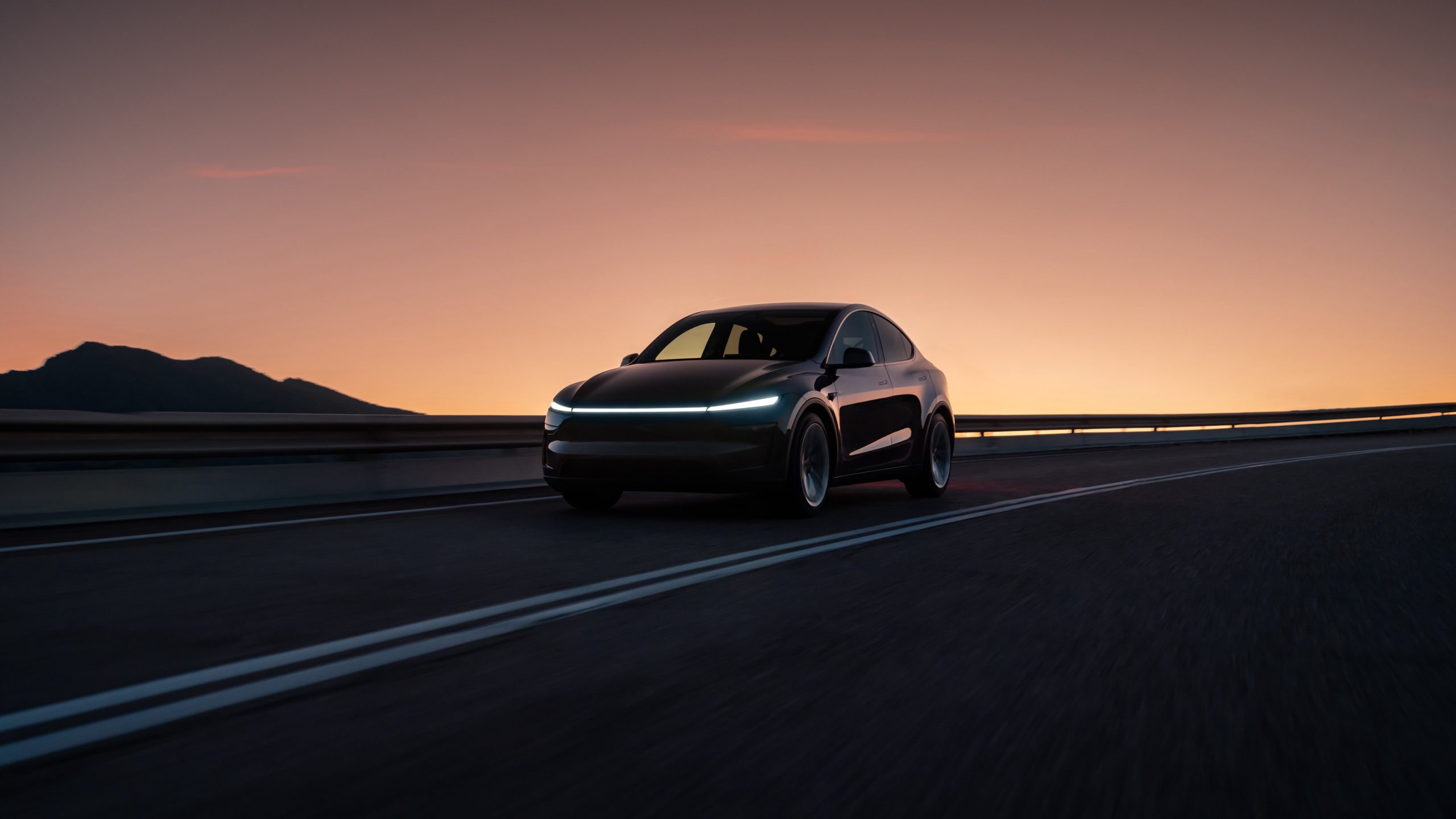
During the Q1 2025 earnings call, Tesla executives reiterated the idea that the company will be launching a dedicated robotaxi service using its Full Self Driving (FSD) Unsupervised system this coming June.
A recent report from Insider, citing people reportedly familiar with the matter, has now provided a number of details about the preparations that Tesla has been making as it approaches its June target date.
Remote Operators
As noted by the publication, about 300 test operators have been driving through Austin city streets over the past few months using Teslas equipped with self-driving software. These efforts are reportedly part of “Project Rodeo.” Citing test drivers who are reportedly part of the program, Insider noted that Tesla’s tests involve accumulating critical miles. Test drivers are reportedly assigned to specific test routes, which include “critical” tracks where drivers are encouraged to avoid manual interventions, and “adversarial” tracks, which simulate tricky scenarios.
Tesla has launched an initial robotaxi service for its employees in Austin and the San Francisco Bay Area, though the vehicles only operate in limited areas. The vehicles also use safety drivers for now. However, Tesla has reportedly had discussions about using remote operators as safety drivers when the service goes live for consumers. Some test drivers have been moved into remote operator roles for this purpose, the publication’s sources claimed.
While Tesla is focusing on Austin and San Francisco for now, the company is reportedly also deploying test drivers in other key cities. These include Atlanta, GA, New York, NY, Seattle, WA, and Phoenix, AZ.
Safety Tests
Tesla reportedly held training events with local first responders as part of its preparations for its robotaxi service, Insider claimed, citing documents that it had obtained. As per the publication, Tesla had met with the city’s autonomous vehicle task force, which include members of the Austin Fire Department, back in December.
Back in March, Tesla reportedly participated in about six hours of testing with local first responders, which included members of the fire department and the police, at a close test track. Around 60 drivers and vehicles were reportedly used in the test to simulate real-world traffic scenarios.
Interestingly enough, a spokesperson from the Austin Police Department stated that Tesla did hold a testing day with emergency responders from Austin, Williamson County, as well as the Texas Department of Public Safety.
Reported Deadlines
While Tesla has been pretty open about its robotaxi service launching in Austin this June, the company is reportedly pursuing an aggressive June 1 deadline, at least internally. During meetings with Elon Musk, VP of AI software Ashok Elluswamy’s team reportedly informed the CEO that the company is on track to hit its internal deadline.
One of Insider’s sources, however, noted that the June 1 deadline is more aspirational or motivational. “A June 1 deadline makes a June 30 launch more likely,” the publication’s source noted.
News
Atty who refused to charge six-time Tesla vandal sparks controversy
Despite the multiple offenses, Moriarty opted to enter Adams into an adult diversion program instead.
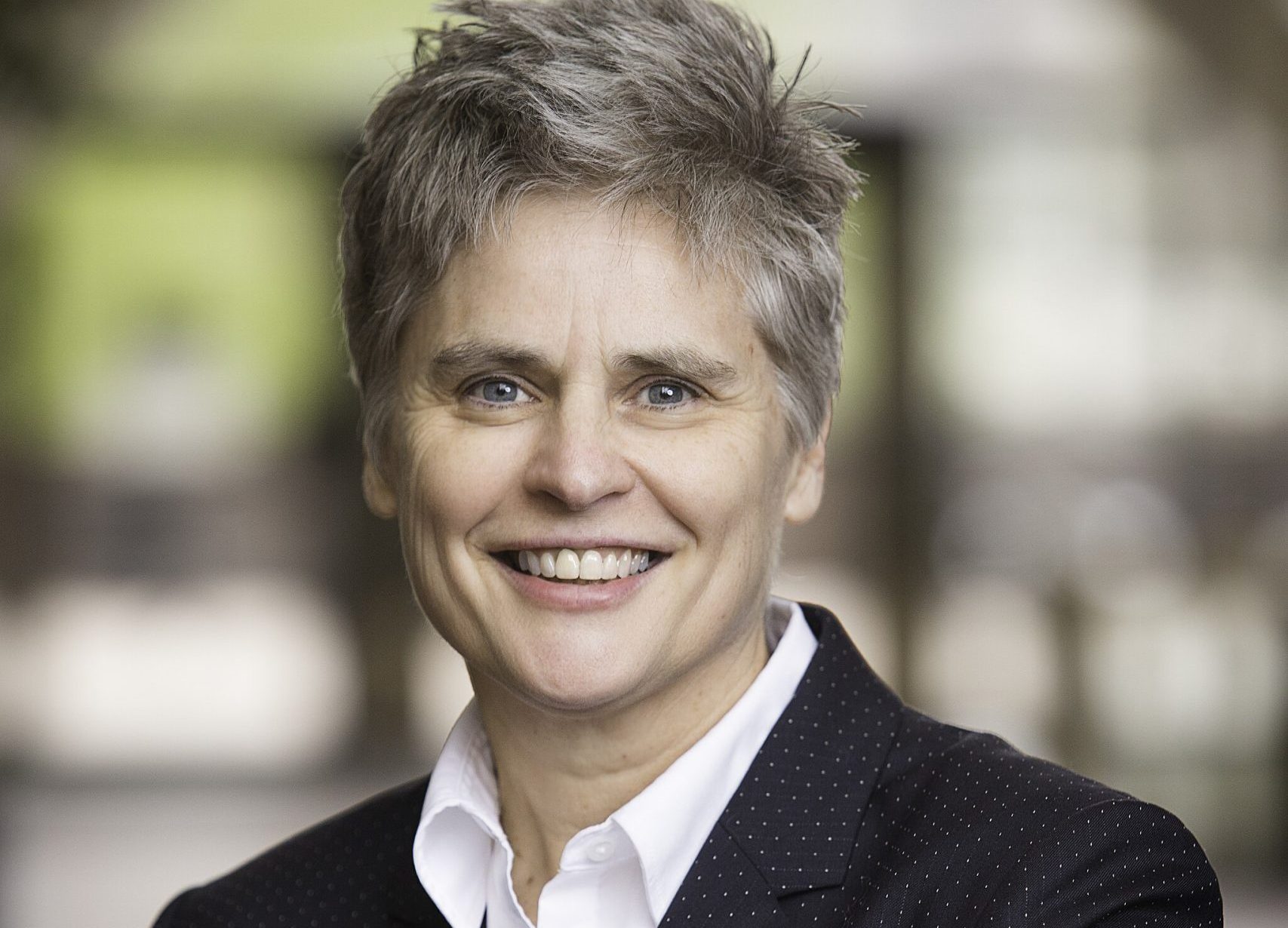
Hennepin County Attorney Mary Moriarty, who made the decision not to charge 33-year-old vandal Dylan Bryan Adams after he keyed six Teslas around Minneapolis last month, has found herself in the middle of controversy.
The controversy came amidst her decision to press charges against a 19-year-old first-time vandal who keyed one vehicle at the White Castle in Brooklyn Park.
The Tesla Vandal
Moriarty’s decision not to charge Adams after he keyed six Teslas was met with widespread criticism. Adams’ actions resulted in more than $20,000 worth of damages, more than $10,000 of which was to a single vehicle, as noted in a New York Post report. Yet despite the multiple offenses, Moriarty opted to enter Adams into an adult diversion program instead.
The fact that Adams is a state employee who works for the Department of Human Services as a program consultant triggered allegations that his dismissal might be partly influenced by Gov. Tim Walz. Walz is a staunch critic of Musk, previously stating that the falling price of TSLA stock gives him a “boost” in the morning.
As noted in a report from The Minnesota Star Tribune, Moriarty’s decision was so controversial that she was asked about the matter on Wednesday. In response, the attorney argued that her office made the decision outside of any political consideration. “We try to make decisions without really looking at the political consequences. Can we always predict how a story will be portrayed in the media or what people will say? No,” Moriarty stated.
Actually Charged
As noted by the Tribune, Moriarty has made arguments around the fact that Adams was a first-time offender, even if he opted to deface six separate Teslas. But even this argument has become controversial since Moriarty recently charged a 19-year-old Robbinsdale woman with no criminal record with first-degree felony property damage after she allegedly keyed a co-worker’s car. The damage incurred by the 19-year-old woman was $7,000, substantially less than the over $20,000 damage that Adams’ actions have caused.
Cases surrounding felony first-degree property damage are fairly common, though they require the damage to be over $1,000. The 19-year-old’s damage to her co-worker’s car met this threshold. Adams’ damage to the six Teslas he vandalized also met this requirement.
When Moriarty was asked about her seemingly conflicting decisions, she noted that her office’s primary goal was to hold the person accountable for keying the vehicle and get restitution to the people affected. She also noted that her office tries to avoid convictions when possible since they could affect a person’s life. “Should we have treated this gentleman differently because it’s a political issue? We made this decision because it is in the best interest of public safety,” she noted.
News
Tesla faces emission credits tax in Washington state
House Bill 2077 taxes emissions credits, mainly hitting Tesla. Lawmakers expect $100M/year from the taxes.
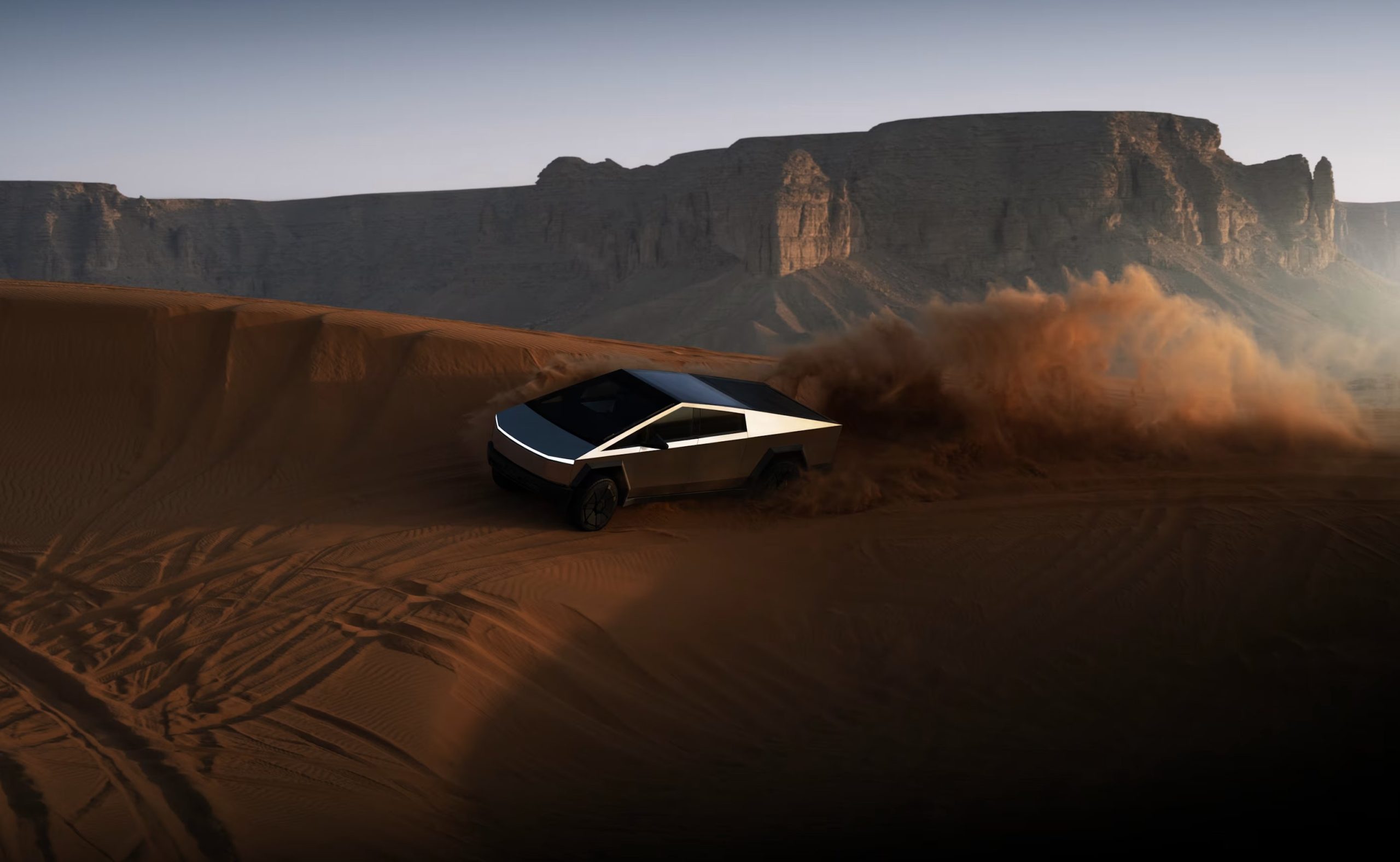
Washington state lawmakers are advancing a bill that would tax Tesla’s emission credits, targeting profits under the state’s clean vehicle policy. Lawmakers who support the bill clarify that the Tesla credit tax is unrelated to Elon Musk.
HB 2077, introduced in mid-April, seeks to impose a 2% tax on emission credit sales and a 10% tax on banked credits. The bill primarily affects Tesla due to exemptions for companies with fewer credits.
In 2022, Washington’s Department of Ecology mandated that all new cars sold by 2035 be electric, hydrogen-fueled, or hybrids, with 35% compliance required by next year. Carmakers selling more gas-powered vehicles can buy credits from companies like Tesla, which sells only electric vehicles.
A legislative fiscal analysis projects taxes on those credits would generate $78 million in the 2025-27 biennium and $100 million annually thereafter. About 70% of the taxes will be allocated to the state’s general funds, and the rest will help expand electric car infrastructure.
HB 2077 passed the state House eight days after its introduction and awaits a Senate Ways and Means Committee vote on Friday. At a House Finance Committee hearing, supporters, including union and social service advocates, argued the tax would prevent cuts to state services.
House Majority Leader Joe Fitzgibbon emphasized its necessity amid frozen federal EV infrastructure funds. “We didn’t have a budget crisis until this year. And we didn’t have the federal government revoking huge amounts of federal dollars for EV infrastructure,” he said.
Tesla’s lobbyist, Jeff Gombosky, countered that the proposal “runs counter to the intent” of the state’s zero-emission policy. Rivian’s lobbyist, Troy Nichols, noted a “modest” impact on his company but warned it could undermine the EV mandate. Kate White Tudor of the Natural Resources Defense Council expressed concerns, stating, “We worry it sets a dubious precedent.”
Fitzgibbon defended the tax, noting Tesla’s dominant credit stockpile makes it “one outlier” that is “very profitable.” “That’s the kind of thing legislators take an interest in,” he said. “Is it serving the interest of the public for this asset to be untaxed?”
With the legislative session nearing its end, the bill remains a key focus in budget talks in Washington.
-
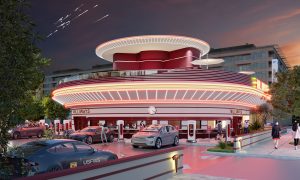
 News5 days ago
News5 days agoTesla’s Hollywood Diner is finally getting close to opening
-

 Elon Musk1 week ago
Elon Musk1 week agoTesla doubles down on Robotaxi launch date, putting a big bet on its timeline
-
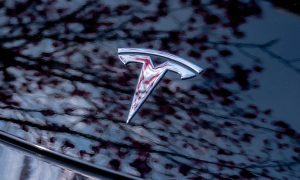
 News1 week ago
News1 week agoTesla’s top investor questions ahead of the Q1 2025 earnings call
-

 News2 weeks ago
News2 weeks agoUnderrated Tesla safety feature recognized by China Automotive Research Institute
-
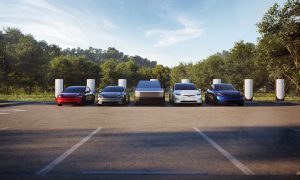
 News2 weeks ago
News2 weeks agoThese were the best-selling EV brands in the U.S. in Q1
-

 News2 weeks ago
News2 weeks agoTesla China discontinues Model S and Model X orders amid tariff war
-
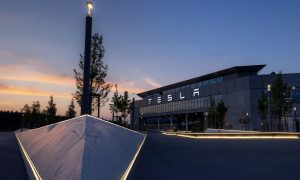
 News2 weeks ago
News2 weeks agoTesla Giga Berlin sets record for free EV charging park
-
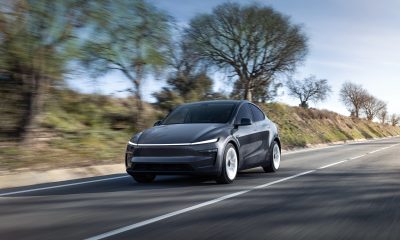
 News2 weeks ago
News2 weeks agoTesla’s spring update arrives with adaptive headlights and more

